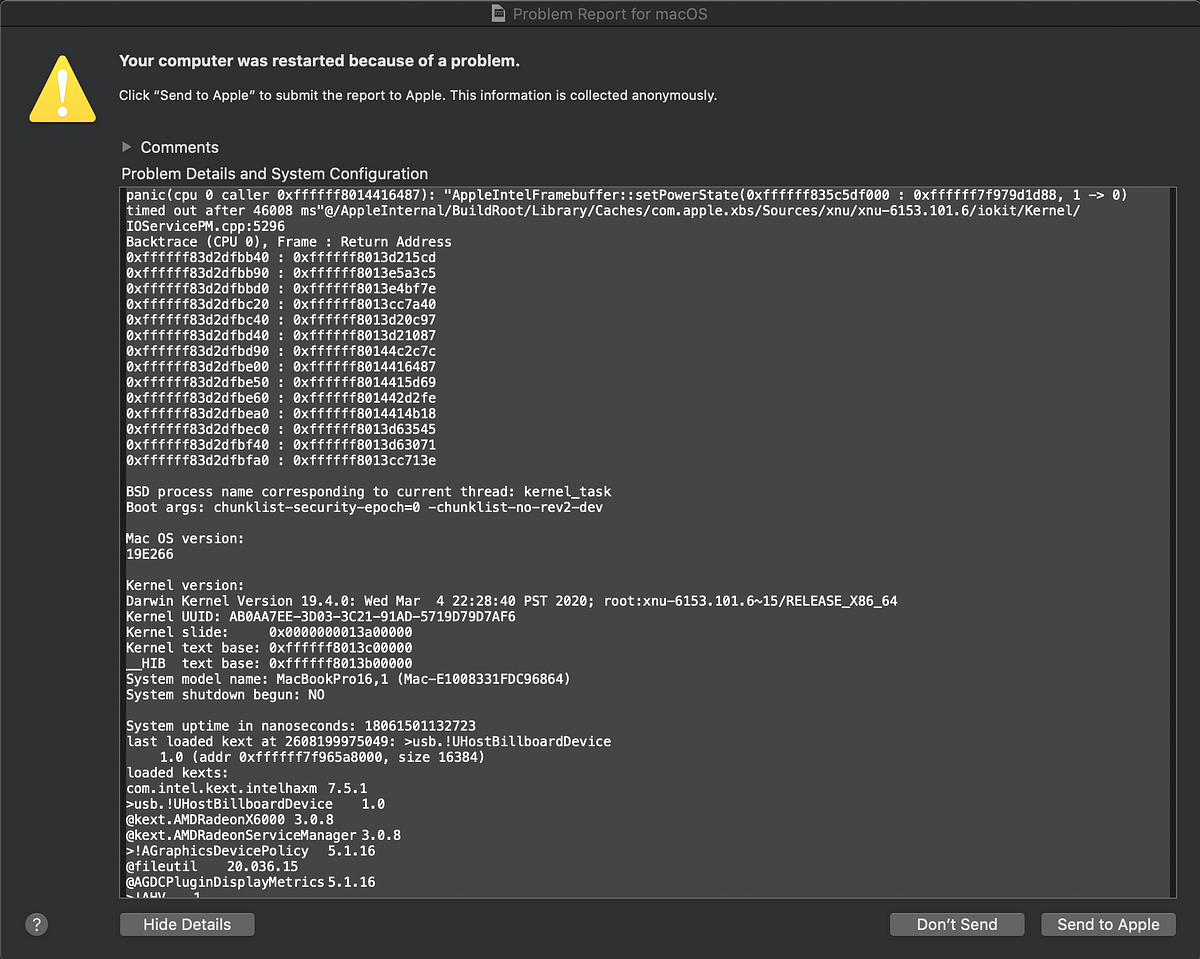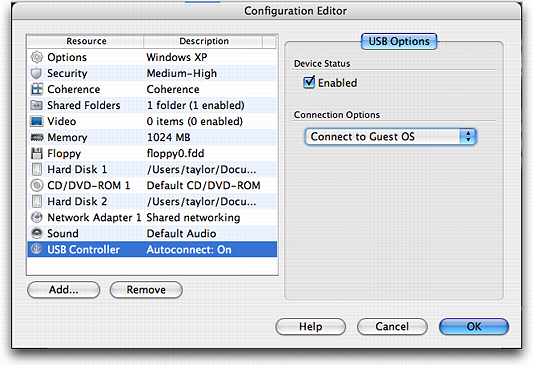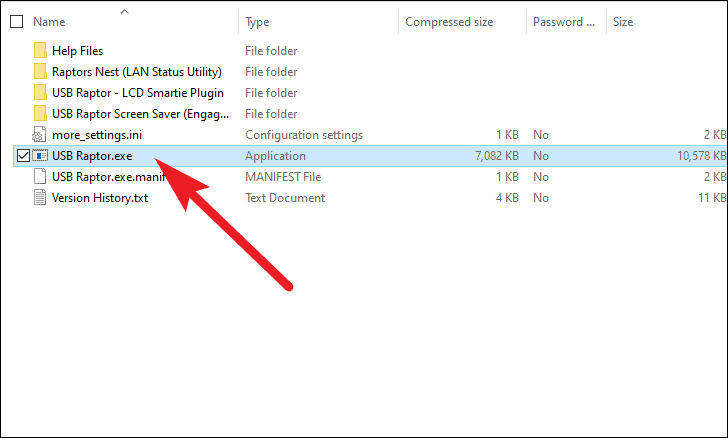
- #USB CONFIGURATION FOR MAC HOW TO#
- #USB CONFIGURATION FOR MAC FOR MAC#
- #USB CONFIGURATION FOR MAC MAC OS#
- #USB CONFIGURATION FOR MAC INSTALL#
- #USB CONFIGURATION FOR MAC DRIVERS#
When the Virtual Machine is created, you need to apply some settings in order to boot mac normally.
#USB CONFIGURATION FOR MAC FOR MAC#
Use an Existing Virtual Hard Disk Create Bootable USB for Mac on Windows 10 To do that select use an existing Virtual Hard Disk File, then browse the VMDK file and select that. In this Step, you have to select the macOS High Sierra VMDK file format which you had download before. We will simply put the amount of its RAM to 4GB. After that, you have to specify the memory size for mac.
#USB CONFIGURATION FOR MAC MAC OS#
Just Remember to select the type, Mac OS X, and the version should be macOS 10.13 High Sierra 64 bit. Select New Under the menu and create a New Virtual Machine for MacOS High Sierra 10.12 with any name. When you installed it, simply double click and open it.
#USB CONFIGURATION FOR MAC INSTALL#
Download and Install VirtualBox on your computer.
#USB CONFIGURATION FOR MAC HOW TO#
How to Install MacOS High Sierra 10.13 on VirtualBox on Windows 10? So, if you want to start with this method follow the below steps, and create bootable USB for Mac on Windows 10. The Good thing about this method is, that is lengthy but it gives you 100% result.


dmg, you need to select other options which have 3 back to back stars symbol. After installing the Win32 DiskImager, open it and click on the directory and browse for MacOS High Sierra. The Installation is so much easy so there is no need of any screenshots. After downloading the required files, install WinRAR and Extract the MacOS Sierra from Zip file.

MacOS High Sierra.dmg or MacOS Sierra.raw.There is other software like Dism32imager, which is an open source compare to the TransMac. TransMac is not the only software on Windows which can Create Bootable USB for Mac on Windows 10. How to Create Bootable USB for Mac on Windows 10 with Win32 Disk Imager? Install macOS Mojave 10.14 on VMware on Windows 10.Now go ahead and boot MacOS High Sierra both on Windows or Mac Systems.

Browse for MacOS High SierraĪnd Finally Congratulations for creating Bootable USB for Mac on Windows. After that wait at least for 20 minutes to bootable that. Now a new Window will open where you have to browse for MacOS High Sierra. The most likely cause then seems some kind of software or configuration issue on your Mac, but right now I can't think of anything that hasn't already been mentioned.Step 4. Since it works fine as a MIDI device on your other Mac, this seems to rule out your Nord as the issue. If you can see your Nord (when connected via USB) from the Sound Manager, the USB connection itself is clearly working. For example, if you connect it to an iPad, it should be detected as a MIDI controller.
#USB CONFIGURATION FOR MAC DRIVERS#
The Nord is class compliant, which in practice means you don't need any drivers when using equipment/operating systems from say the last 5 years. You Nord should show up like the TM-1 (not greyed out), with nothing attached to it. This image is from some other post where I explained how to test a MIDI connection (different issue). You don't have to do this though, but it does give you some extra configuration options. The Electron TM-1 interface has a DSI Evolver attached to it via MIDI cables this isn't automatically detected, but I 'drew' those cables myself. In the image above, it shows the Virus and Blofeld 'greyed' out because they are not currently attached they were at some point however, so my Mac still knows about them. If you start the 'Audio MIDI Setup' utility and make sure the MIDI window is open, does it show the Nord as a MIDI interface? If not, try pressing the Rescan MIDI button at the top of the MIDI window. Ge Fonseca wrote:Yes, I did check all Nord's control, otherwise I couldn't do it fine, with the Macbook.


 0 kommentar(er)
0 kommentar(er)
